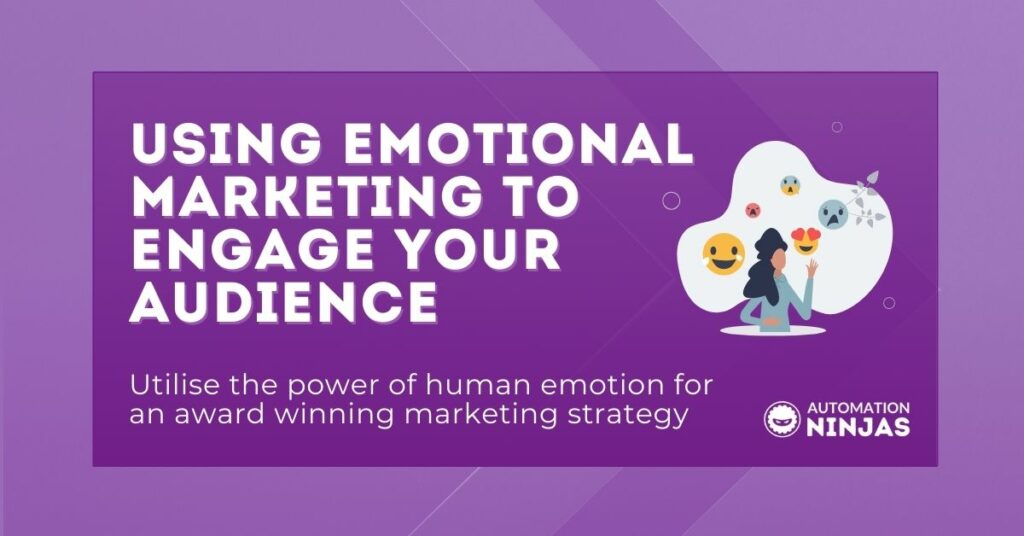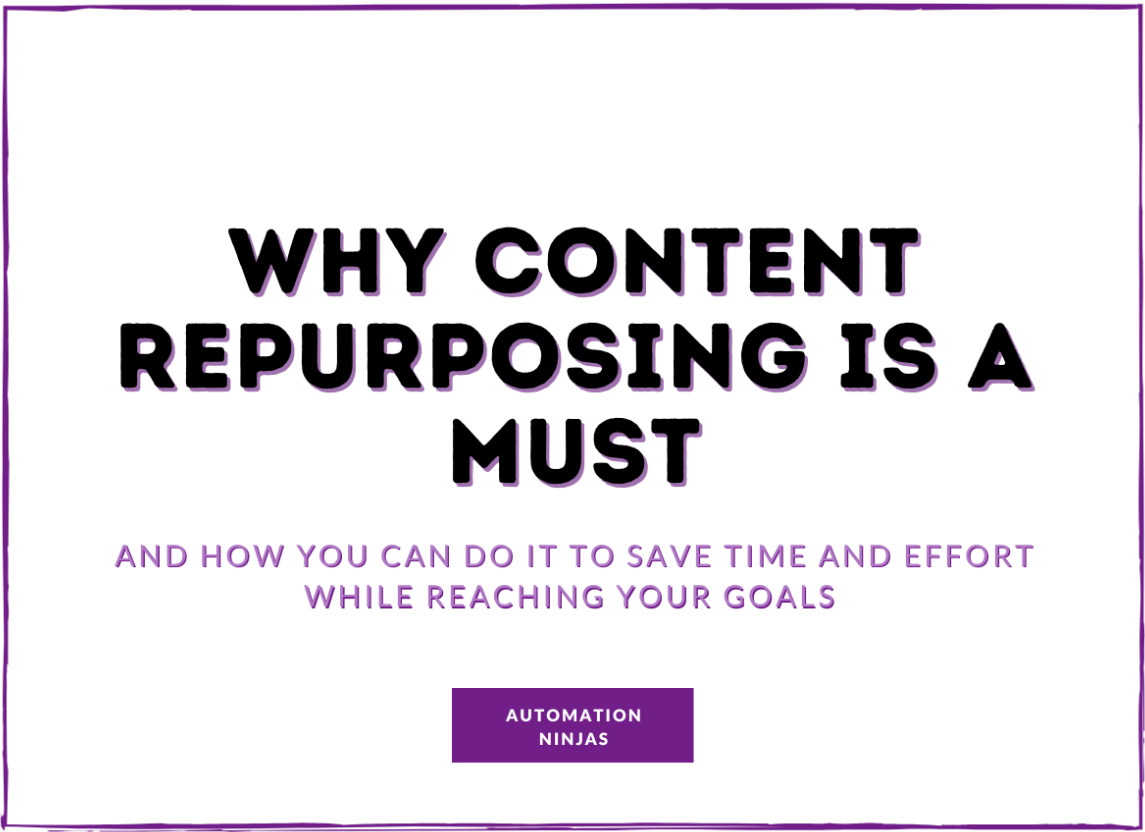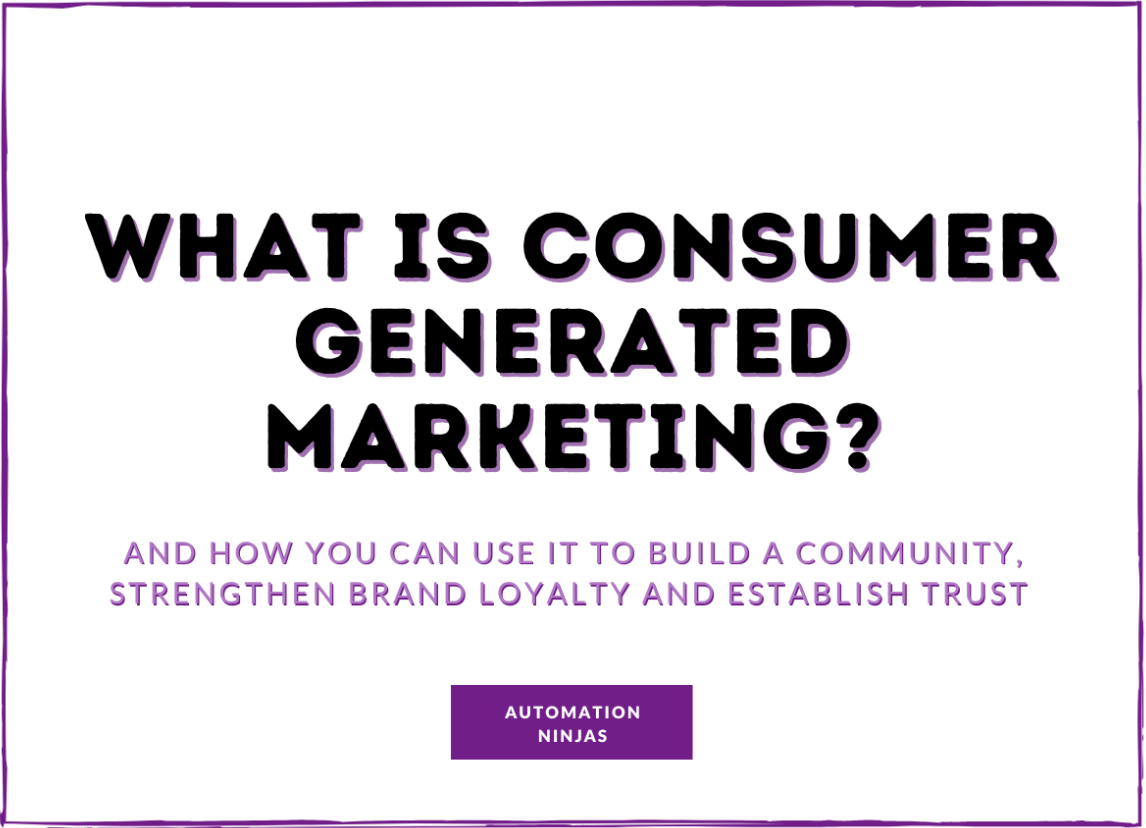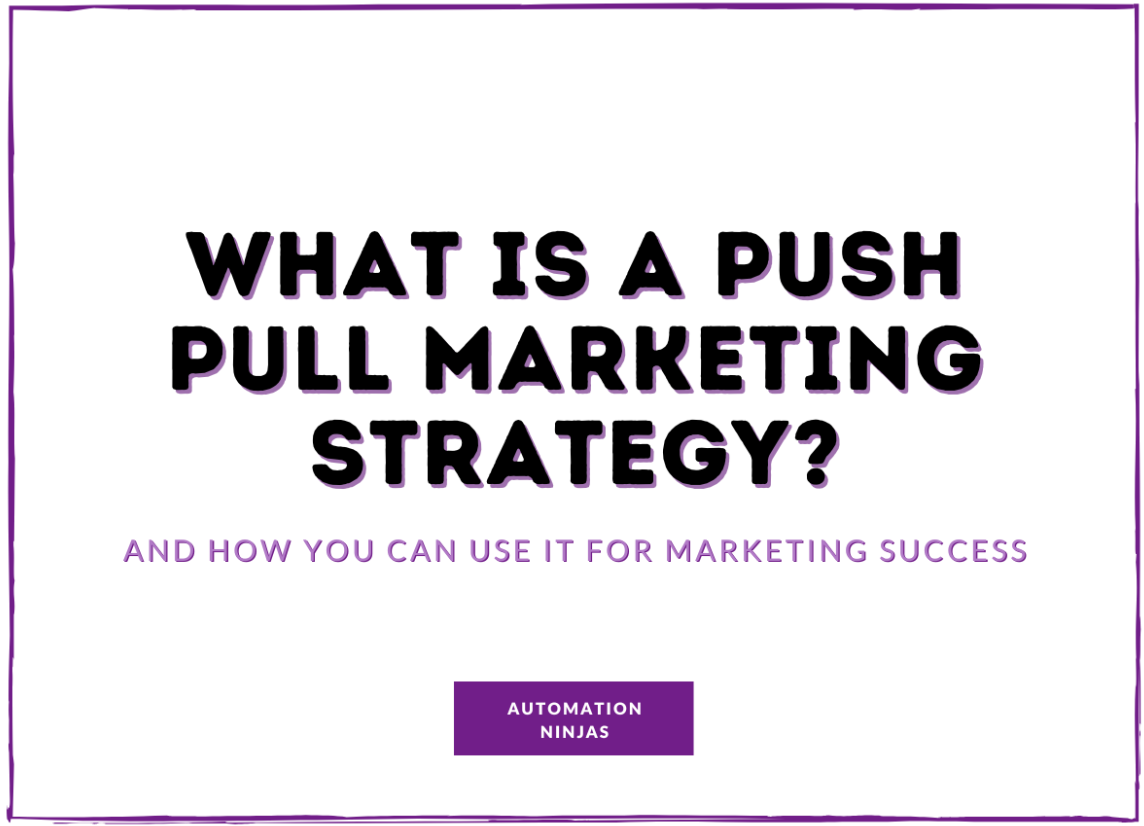Emotional marketing might be the missing puzzle piece if you’ve been struggling to garner the kind of response you’re looking for in your marketing.
You can be as innovative as you like when it comes to your marketing. You can try to engage your audience through humour, wit, logic, or any other strategies available to you. But one thing is for sure - those you’re trying to engage with are human, and as humans, we are armed with a whole barrage of emotions.
Emotional marketing takes note of this and aims to engage your audience through the means of emotion.
Take a minute to think about the people, places and things you spend most of your time engaging with. There is some form of emotion that keeps you where you are, right?
Whether something makes you exude love, joy, nostalgia or anything else - your emotion keeps you engaged.
Today, we’re going to look at emotional marketing in a little more depth.
By the end of the blog, you’ll know what emotional marketing is, why it works so well and you'll be equipped with some examples of where emotional marketing has worked and strategies that you can use to employ emotional marketing within your strategy.
Ready to get emotional?
What is emotional marketing?
Before jumping into how emotional marketing can work for you, let’s define it to give you complete clarity.
Here is how Hubspot have defined emotional marketing:
Emotional marketing refers to marketing and advertising efforts that primarily use emotion to make your audience notice, remember, share, and buy. Emotional marketing typically taps into a singular emotion, like happiness, sadness, anger, or fear, to elicit a consumer response.
In a nutshell, emotional marketing is a marketing strategy that aims to use emotion to get your consumers to engage. Depending on the brand and product, marketers choose which emotion would be most effective to tap into to convey their message.
Let’s think about the ads we often see around Christmas. For those who celebrate it, Christmas is a time for joy, giving and family. Yet, during the festive season, we often see ads for homelessness and child hunger, with images that evoke emotion. Have you ever thought about why that is?
Emotional marketing.

Examples Of Emotional Marketing
Always - #LikeAGirl
One of the most famous examples of emotional marketing, is the #LikeAGirl campaign, created by Always.
Always, a company that creates sanitary products for ladies, wanted to change the way we think about being told that we’ve done something ‘like a girl’.
Instead of feeling downtrodden, incapable or any other negative feeling that the saying might evoke, they turned it on its head. Women and female-presenting people across the world resonated with this message. As the masses know, nothing is wrong or weak about doing things #LikeAGirl.
By understanding how their consumers would feel about the term ‘like a girl’, they could begin to coin the term as something to empower and won the hearts of many. So much so that the campaign won an Emmy, a Cannes Grand Prix award and the Grand Clio award.
Who knew emotions could be so powerful, eh?
Nike - Believe In Something
This Nike campaign took the world by storm when the brand chose to align themselves with Colin Kaepernick after he had chosen to kneel during the national anthem in protest against the long-standing police brutality experienced by African American people in the US.
Some viewers were outraged, claiming they would never purchase another Nike product again. Some were elated to see a brand take such a strong and clear stance against the police state while showing support for one of the world's most marginalised groups.
Regardless of the range of emotions it evoked from consumers across the globe, Nike gave us a masterclass in emotional marketing as they revelled in a $6Billion profit from their campaign.
Strategies For Emotional Marketing
While I can’t promise that you will luck out on a billion-pound profit after you’ve gotten to the end of the blog, I can be sure that if you want to try your hand at emotional marketing, these strategies will help you hit the ground running.
Who Are You Talking To?
Before choosing to embark on the journey of emotional marketing, you need to be crystal clear about who you’re speaking to. As with any form of marketing, to hit the nail on the head, you need to know who your audience is to communicate with them in a way that they will understand.
That understanding will aid you in figuring out what themes would be best if you aim to emote. The things that bring a tear to the eye of a 20-something-year-old woman living in the city would be very different from that of an older truck driver who lives in the countryside.
If you’re looking for a hand in finding your target audience, we have just the blog to get you up to speed.
- Related content: Find Your Target Audience
Story Time
Storytelling will be your best friend when looking to garner some form of emotion from your audience. This is why movies and TV shows can highlight a range of emotions. Once you become attached to the story, those feelings aren’t far off.
If you’re anything like me, you remember the lessons from the fairytales, stories and proverbs you were introduced to throughout your youth. The only reason I remember them as an adult, is because of the emotions and memories attached to them.
When choosing to use storytelling as a strategy, go for something that is niche enough for your target audience but broad enough that you can be confident a wide range of people will be able to resonate with it.

Community Is The Key
As humans, we’re community beings. With that being said, a great way to allow emotional marketing to work its magic is to use it within a community of people.
By fostering a sense of community around your brand, it allows those who align with your message to communicate with one another. When people feel they belong to a group, it creates a sense of identity and attachment.
Always, did this like the experts they are by creating social movements and groups around their campaign. Now, the effect of their campaign will last a lot longer than the advertisement will on our screens.
Inspiration
Let’s be honest, as wonderful as the world is, it can feel pretty bleak at times. Even if you’re the most optimistic of people, there will be times when just completing the day ahead feels like a big enough task.
Emotional marketing recognises this and some of the most powerful campaigns are the ones that aim to inspire. They can tap into a dream, goal or vision and put some fire underneath you to believe you can get there.
- Ninja Top Tip: When looking to inspire your audience, find a way to ensure that your product or service can help them achieve their biggest goals.
What do you believe in?
When choosing to use emotional marketing as a strategy, this is a perfect time to communicate your values and beliefs as a brand and service provider.
Often, our beliefs will be rooted in something we hold quite close to our hearts. Whether that be the issue of race, gender, class or ability - our beliefs showcase who we are to the world.
Successful emotional marketing campaigns aren’t afraid to show those beliefs to the world.

What you believe won’t be for everyone. That’s okay. What’s important is that the consumers who share your principles will engage with your content. Hopefully, starting an emotional connection with your brand and becoming a lifelong customer.
Which feeling will you choose?
In a marketing landscape with seemingly thousands of different ways to market to your consumers, emotional marketing stands out amongst the crowd as it transcends transactions and fosters community and long-lasting connections.
As we've explored the various strategies throughout this blog, it becomes evident that successful brands don't just sell products; they sell emotions, experiences, and a sense of belonging. From the art of storytelling to the impact of shared beliefs and principles, the thread that binds these strategies is the human connection.
Now that you’ve reached the end of the blog, you have an understanding of what emotional marketing is, you’ve got some examples of where emotional marketing has worked successfully and you’ve got some strategies to help you emote your target audience.
Go get emotional and bring in those results!






